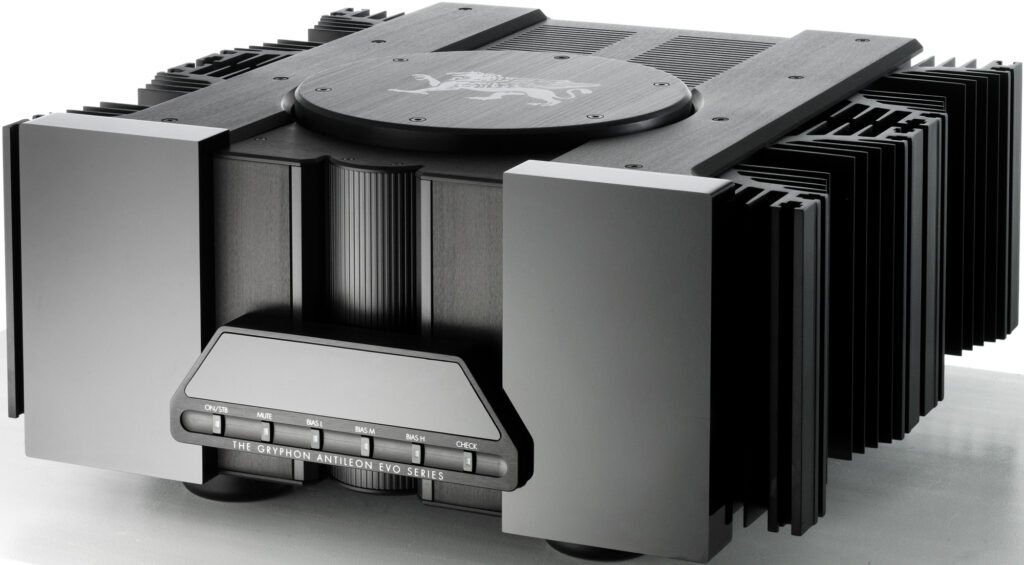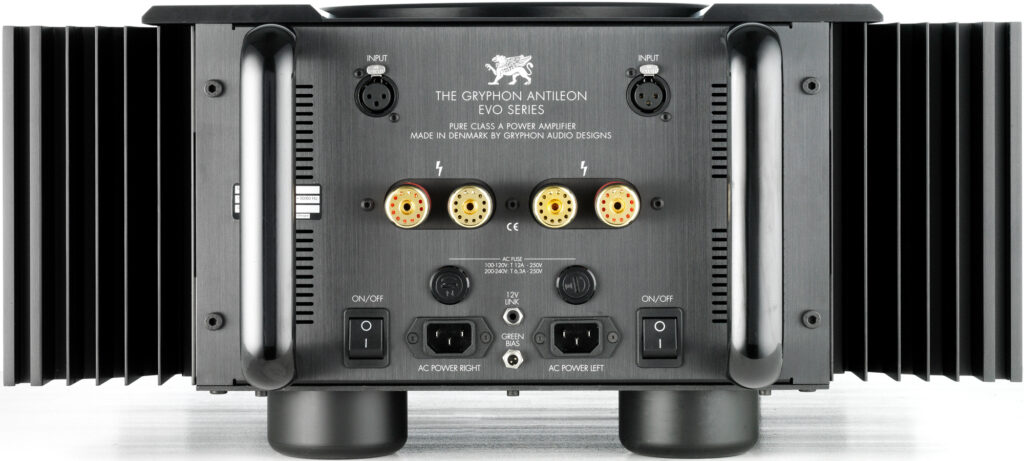Too bad I wasn’t born into a rich family or became wealthy by age 35 like a young software entrepreneur. If that had been the case, I would probably have assembled a true high-end audio system before turning 60. Even then it took a few additional years to really get there. First came some pretty good equipment, followed by a decent dedicated room, followed by equipment upgrades, followed by a rebuilt room with dedicated power and acoustic treatments, etc., etc. Along the way I auditioned plenty of fantasy components I simply could not afford, or whose price I couldn’t justify. I was always looking for equipment that, though undeniably still expensive, delivered outsized value.
Throughout this process I had a few anchor components that survived multiple transitions in my system. Of these anchor components, the longest-lived, were my Electrocompaniet Nemo monoblocks. Extremely powerful at 600 wpc into 8 ohms, yet very listenable, they were a great match for the series of power-hungry speakers that came through my door, most notably the B&W Nautilus 800D. Those speakers absolutely craved power, to the point where I actually bi-amped them with both the Nemo monos as well as the Electrocompaniet Nada monos (400 wpc into 8 ohms).
My need for excessive power changed dramatically when I traded the B&W for the Vivid Audio G1 Giya. Though large and in some ways similar in design to the 800D, the Giya is surprisingly efficient, thus affording me the opportunity to explore lower power amps, if you can call 150-300 wpc amps “lower power” with a straight face. The name Gryphon regularly came up among the amps that caught my attention. I always thought they sounded great at shows, but kept thinking that they were too expensive for me to take the step of auditioning them in my home. That was a mistake.
I might not have taken the leap had it not been for George Vatchnadze of Kyomi Audio. George is a virtuoso concert pianist who clearly operates Kyomi more as a man of passionate about music than a proprietor of a second business. His observations and suggestions about high end audio have never failed to result in audible improvements to my sound. He had used the Gryphon Antilleon Evo with several Vivid speakers and told me on several occasions that he thought they would be a great match with my Vivid Giya. I succumbed to the temptation.
The inside
Because it’s an amp with two channels that come in a single box, the Antilleon Evo is technically a stereo amp. However, it is definitely not the “stereo amp” of yore.This “box” measures 22.5″W x 10.25″H x 23.6″D, weighs 185 pounds, and takes two power cords, just like monoblocks. It’s a true class A design, not an A/B that tries to sell itself as “mostly” class A. It incorporates two 1,500-watt toroidal transformers, twenty bipolar output devices per channel, and 670,000µF of powersupply capacitance. It has monstrous output capability: 1,200 watts of continuous power into a 1-ohm load, and an incredible 5,000 watts peak into 0.5 ohm. Most manufacturers don’t even like to publish information about how their amps perform into half an ohm.
The Antileon Evo was clearly designed by obsessive engineers. The huge transformers are suspended and damped with epoxy. Most internal connections use Gryphon’s Guideline Reference wire, which reportedly employs conductors of gold-infused silver. On the other hand, the output stage is secured to the binding posts with gold-plated copper bus bars.
The outside
Next to the power inlets on the back of the Antileon Evo are two master power switches. You will also find two pairs of large custom binding posts that are very easy to grip and tighten by hand. You won’t find single-ended inputs, as the amp only accepts balanced XLR inputs. Finally, the rear panel includes a 12V link, and the jack to link to a Gryphon preamp’s Green Bias circuitry, which I explain below.
The front panel of the Antileon Evo is mostly acrylic and has six buttons. The far left button is an ON/STANDBY button that, when pressed, activates the amp and reveals a red display behind clear acrylic. This also initiates a self-check that takes approximately 15 seconds and lets you know if there are issues with the amp. The CHECK button at the far right allows you to run the self-check while in full operation. There is also a MUTE button that does exactly that — mutes the sound — which is handy when you want to change out some cables without turning the amp off. However, the remaining three buttons are the most interesting to the dedicated audiophile.
The remaining three front-panel buttons allow you to choose between three bias settings: Bias L (low), M (medium) and H (high). Bias L provides 25 wpc of class A power. This setting is fine for listening at low levels or when simply playing background music, and to my ears sounds better than the vast majority of A/B amps. I mostly used this setting to keep the Evo warm during the day so that it would be ready to play in Bias M or Bias H mode at a moment’s notice in the evening. Bias M and H were the settings I used for serious listening. Bias M delivers 50 wpc of class A power, which I use when blasting certain rock or other highly in-your-face music. Bias H delivers a sumptuous 150 wpc of class A power. I used this for most really serious listening sessions, even most rock, but especially when the music is vocal, orchestral, moody or sophisticated (I’ll expand on this below).
Note that if you use the Antileon Evo with one of Gryphon’s preamplifier models, you can implement a Green Bias setting that results in the preamp controlling the amount of class A bias in the Antileon. This allows the amp to run with more efficiency when less class A power is needed, hence the Green in Green Bias.
As you’ve probably guessed, the Antileon runs hot, though nowhere near as hot as some other class A amps. For example, the Pass Labs Xs300 was great in winter — I didn’t need to separately heat the room — but in summer it raised the room temperature three to four degrees and ensured that the air conditioning had to run continuously to keep the room at a reasonable temperature.
- (Page 1 of 2)
- Next page →







I am sitting here listening to mine in H. Trust me.
I’ve had my Antileon EVO for approx 4 months. Likely the last amp I’ll own. Waiting for my Gryphon Pandora preamp to arrive to take my system to the next level.
To Brain.: Hi Brain Kindly request to advice is Your Antileon EVO very hot afternoon some hours of working? How is the sound : high frequencies and bass ? Regards Charles